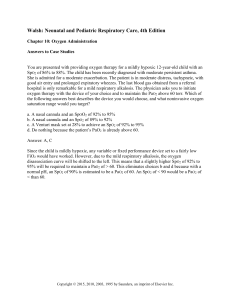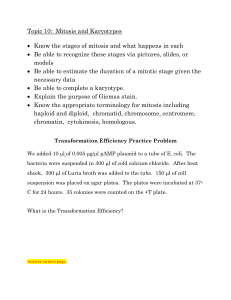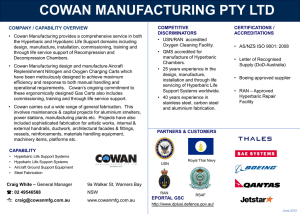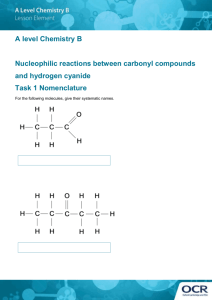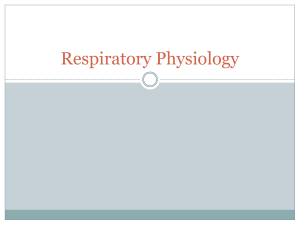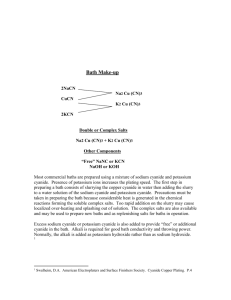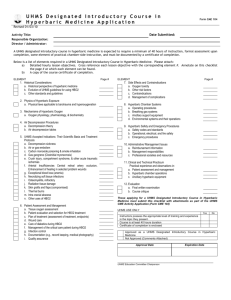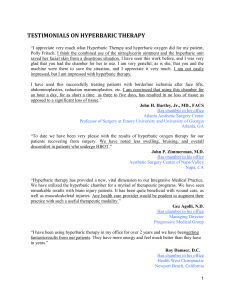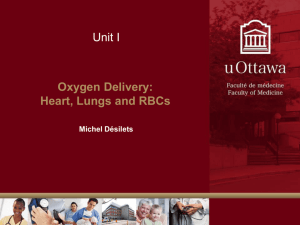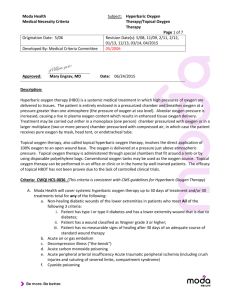Carbon Monoxide Poisoning
advertisement
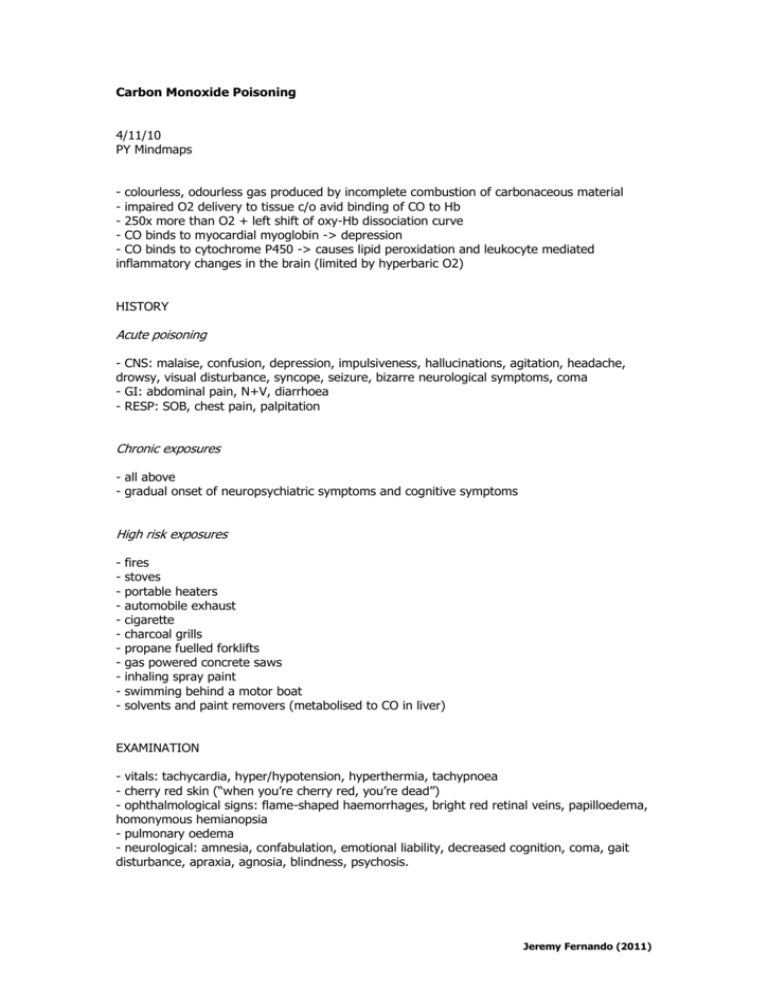
Carbon Monoxide Poisoning 4/11/10 PY Mindmaps - colourless, odourless gas produced by incomplete combustion of carbonaceous material - impaired O2 delivery to tissue c/o avid binding of CO to Hb - 250x more than O2 + left shift of oxy-Hb dissociation curve - CO binds to myocardial myoglobin -> depression - CO binds to cytochrome P450 -> causes lipid peroxidation and leukocyte mediated inflammatory changes in the brain (limited by hyperbaric O2) HISTORY Acute poisoning - CNS: malaise, confusion, depression, impulsiveness, hallucinations, agitation, headache, drowsy, visual disturbance, syncope, seizure, bizarre neurological symptoms, coma - GI: abdominal pain, N+V, diarrhoea - RESP: SOB, chest pain, palpitation Chronic exposures - all above - gradual onset of neuropsychiatric symptoms and cognitive symptoms High risk exposures - fires stoves portable heaters automobile exhaust cigarette charcoal grills propane fuelled forklifts gas powered concrete saws inhaling spray paint swimming behind a motor boat solvents and paint removers (metabolised to CO in liver) EXAMINATION - vitals: tachycardia, hyper/hypotension, hyperthermia, tachypnoea - cherry red skin (“when you’re cherry red, you’re dead”) - ophthalmological signs: flame-shaped haemorrhages, bright red retinal veins, papilloedema, homonymous hemianopsia - pulmonary oedema - neurological: amnesia, confabulation, emotional liability, decreased cognition, coma, gait disturbance, apraxia, agnosia, blindness, psychosis. Jeremy Fernando (2011) INVESTIGATIONS - HbCO -> elevated levels are significant, but low levels do not rule out exposure - ABG: PaO2 should be normal, SpO2 only accurate if measured (not calculated from PaO2) - FBC: mild leukocytosis - lactate: tissue hypoxia - hyperglycaemia - hypokalaemia - CK: rhabdomyolysis - acute renal failure from myoglobinuria - LFT derangement - MetHb: in differential for cyanosis with low SpO2 but normal PaO2 - ethanol: polypharmacy OD - cyanide level: (industrial fire, cyanide exposure) - urine: +ve for albumin and glucose in chronic intoxification - CXR: pulmonary symptoms - CT head: in patients who’s symptoms don’t rapidly resolve (basal ganglia low densities) -> poor outcome - ECG: sinus tachycardia MANAGEMENT Resuscitate - FiO2 1.0 (continue until patient asymptomatic or CO level < 10%) - cardiac monitoring - intubate the comatosed patient Acid-base and Electrolytes Abnormalities - metabolic lactic acidosis -> do not aggressively treat as this will shift oxy-Hb dissociation curve to right -> encourage O2 off loading Specific Treatment - O2 via NRB - transfer to hyperbaric facility (severe intoxication or persistent symptoms after 4 hrs) - hyperbaric O2 (3 ATM) will decrease the half life of carboxyHb from 6 hours -> 20 minutes - if associated with cyanide intoxification and nitrites use -> sodium thiosulphate 12.5mg IV (this will prevent left shift of oxy-Hb curve) Underlying Cause - if intentional -> psychiatric referral - work or home environment assessment Jeremy Fernando (2011)
